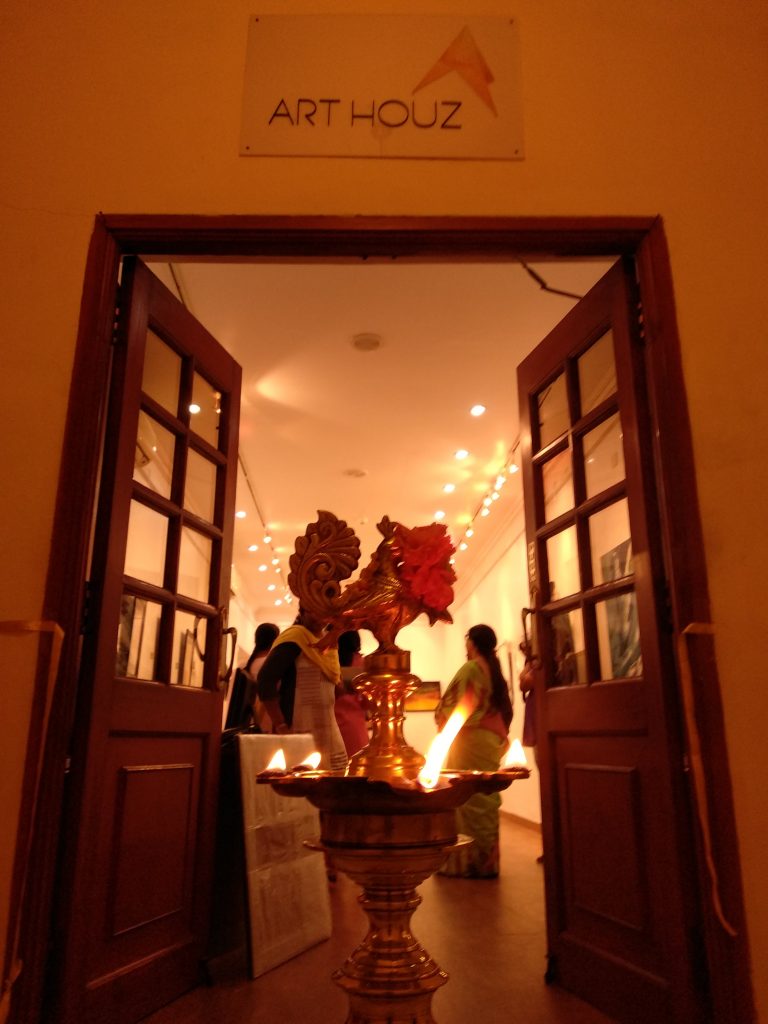
^ El Maghreg: 1200 Miles' Ride Through Morocco, Hugh Edward Millington Stutfield.^ The Innocents Abroad, or The New Pilgrims' Progress, Mark Twain, 1869.Jewelry could include everything from bracelets, to earrings, as well as various types of brooches (see hair jewellery). These locks of hair were typically kept in lockets, though small jars, and in some cases other kinds of jewelry, were used. These locks of hair were seen as mementos and served to comfort the surviving loved ones. In Victorian times, it was common for bereaved family members to keep locks of hair from deceased children or family members.The lovelock was a long lock of generally plaited ( braided) hair made to rest over the left shoulder (the heart side) to show devotion to a loved one. A lovelock was popular amongst European "men of fashion" from the end of the 16th century until well into the 17th century.Initially, the plait was treated as an amulet, supposed to bring good health, as the plait was supposed to take the illness "out" of the body, and therefore it was rarely cut off.

Due to superstitious beliefs, the Polish plait used to be particularly common in Poland (hence its name).


His courtiers were said to have adopted the hairstyle in order to flatter the king. Due to a scalp disease ( Plica polonica), King Christian IV of Denmark (1577–1648) had a Polish plait hanging from the left side of his head which in an engraved portrait in the Royal Collection is adorned by a large pearl. A Polish plait (Koltun in Polish, meaning "Knot", but often referred to in English as an " Elf-Lock") is a lock of matted hair similar to a dreadlock.Research on the hair determined that the composer's lifelong illness was caused by lead poisoning. A lock of Beethoven's hair, cut from his head in 1827, was auctioned in 1994 through Sotheby's of London.An old Irish superstition holds that it is unlucky to accept a lock of hair (or a four-footed beast) from a lover.A common superstition holds that a lock of hair from a baby's first haircut should be kept for good luck.The Imazighen ( Berber) men of Morocco had the custom of shaving the head but leaving a single lock of hair on either the crown, left, or right side of the head, so that the angel Azrael is able ".to pull them up to heaven of the Last Day.".In Mark Twain's travel book The Innocents Abroad, he describes Moroccan men sporting scalp locks.In India this custom remains active but usually only amongst orthodox Hindus. Later Ukrainian Cossacks ( Zaporozhians) sported scalplocks called oseledets or khokhol. Sviatoslav I of Kiev was reported to have worn a scalp lock according to Leo the Deacon, a Byzantine historian.Like childhood locks, the scalplock was also a worldwide phenomenon, particularly noted amongst eastern woodland Native American tribes (see Iroquois, Huron, Mahican, Mohawk) in North America (see also Scalping and Mohawk hairstyle).

The scalplock was a lock of hair kept throughout a man's life.Upon reaching adulthood the lock of hair was usually cut off (see Rites of passage). China, Egypt, Thailand, Albania, Ukraine, India, Israel, etc.) pre-adolescent custom was to shave children's heads but leave a lock of hair (sometimes several locks) remaining on their heads. During antiquity, Roman girls who were about to be married offered locks of hair to Jove (Jupiter) in his forest god aspect, Virbius (Virbio).It is still a popular trope in fiction, particularly the romance genre. Historically, giving a lock of one's hair to someone has been considered a sign of love and devotion, especially before an impending separation.A traditional belief maintains that owning a lock of hair from another's head gives one power over that individual, in the same manner that owning a piece of clothing or image of an individual grants the owner such powers.Locks of hair carry symbolic value and have been utilized throughout history in various religious, superstitious, and sentimental roles. Preserved locks of the hair of Percy and Mary Shelley, now in the British Library.


 0 kommentar(er)
0 kommentar(er)
